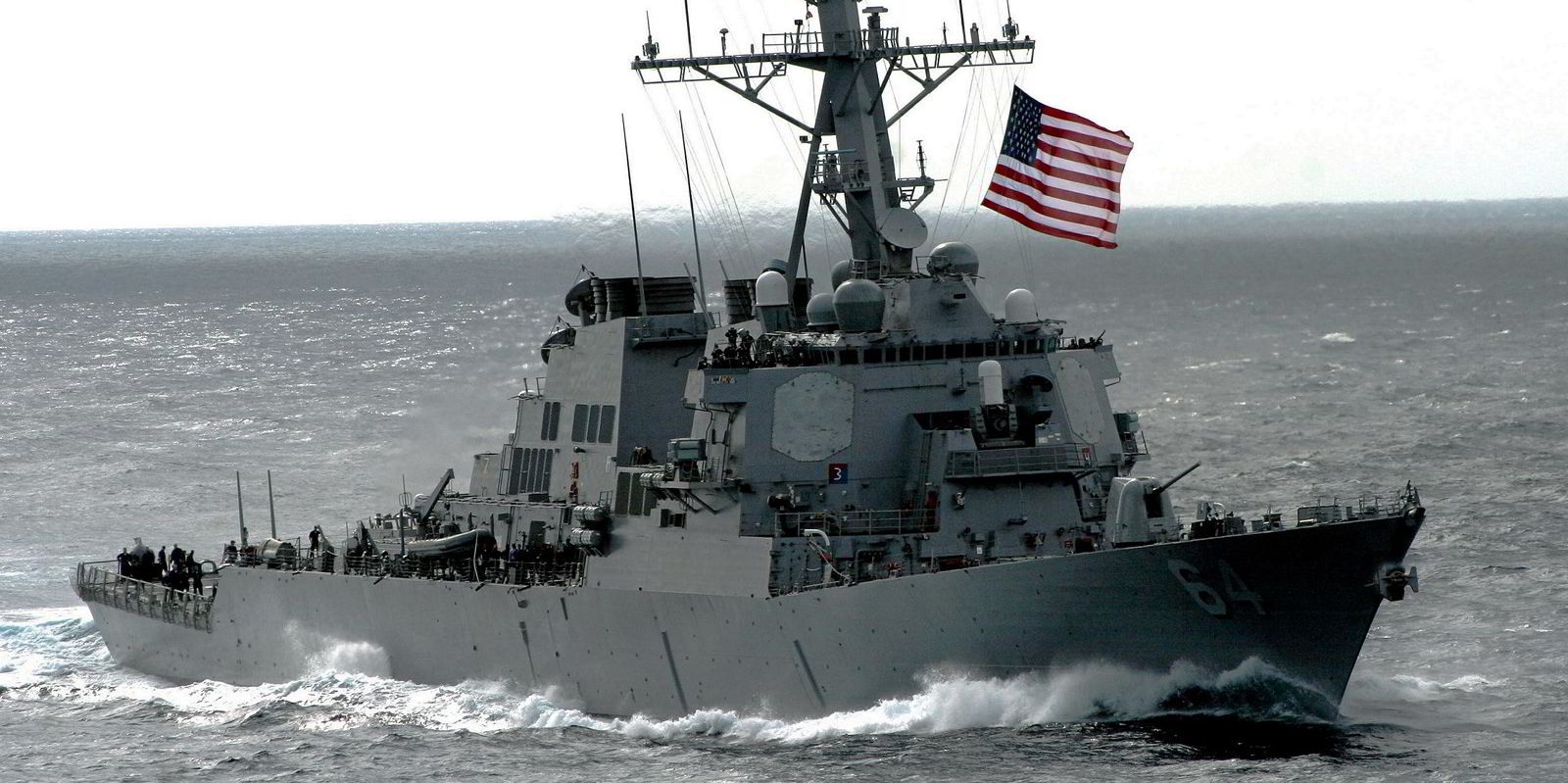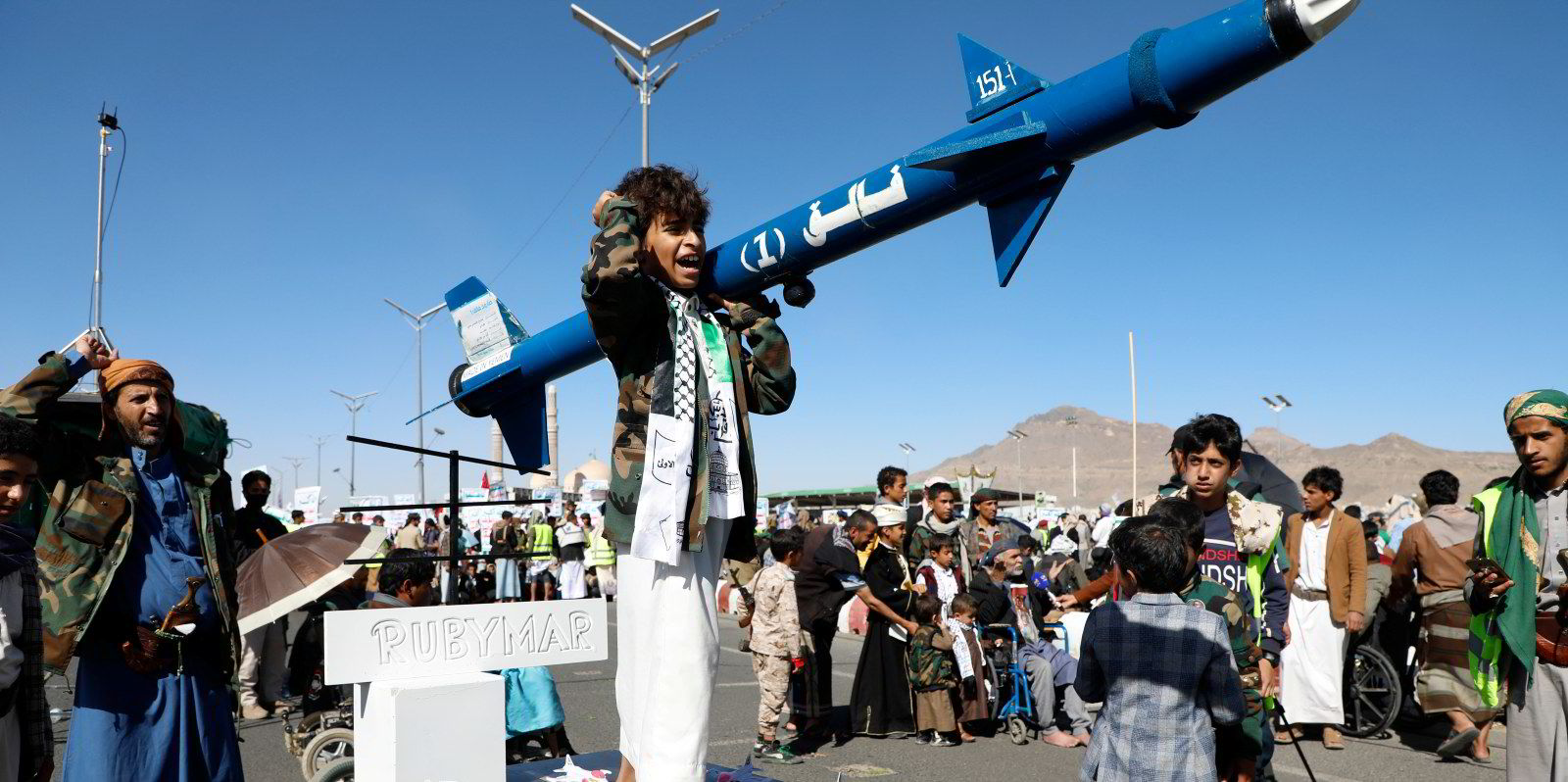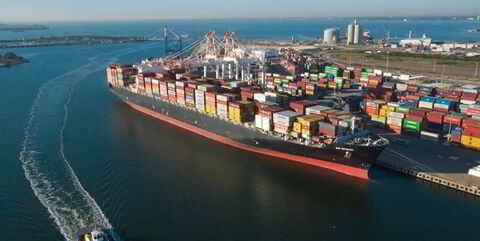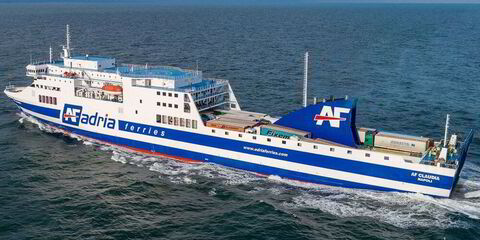S&P Global has sounded the alert on the efficiency gap in African ports being highlighted by Red Sea diversions as the Houthi rebel group continues with its attacks on shipping.
The US Navy’s guided-missile destroyer USS Carney was the latest vessel to come under attack by an anti-ship ballistic missile and three one-way attack unmanned aerial systems, otherwise known as suicide drones, the US Central Command (Centcom) has reported.
The missile and three drones, which were launched from Iranian-backed Houthi-controlled areas of Yemen, were shot down before they could impact the warship, Centcom said in a social media post on Wednesday in the Asian morning.
There were no injuries or damage to the USS Carney, which is part of a multinational fleet of vessels patrolling the region.
Later on Tuesday evening, Centcom forces destroyed three anti-ship missiles and three unmanned surface vessels (USVs) that had been located in Houthi-controlled areas of Yemen.
“Centcom forces identified the missiles, UAVs, and USVs and determined that they presented an imminent threat to merchant vessels and the US Navy ships in the region,” Centcom said.
“These actions are taken to protect freedom of navigation and make international waters safer and more secure for US Navy and merchant vessels,” it added.
These actions came a day after the Liberian-flagged and MSC Shipmanagement-controlled 2,169-teu container ship MSC Sky II (built 1999) was targeted on Monday in a twin missile attack southeast of the port city of Aden, with one hitting the ship and starting a fire.
The MSC Sky II’s crew put out the fire and the ship continued with its voyage, according to the British naval information service, UK Maritime Trade Operations.
These latest attacks on naval and commercial shipping came after Houthi military spokesperson Yahya Saree said the Yemeni rebel group was “escalating and continuing” its attacks on shipping.
The group has said it would continue until the Israeli military ends its operation against the Hamas group in Gaza.
The attacks have forced operators to reroute their vessels via the longer Cape of Good Hope. Ships travelling via the Suez Canal were down 56% year on year in February, said PortWatch, an International Monetary Fund and Oxford University monitoring service.
On Wednesday, S&P Global Market Intelligence’s global head of port intelligence and analytics said the diversions caused by the Red Sea crisis are highlighting the “wide gap in efficiency between ports in Africa and other world regions”, despite heavy investment in port infrastructure on the continent over the past decades, particularly under China’s Belt and Road Initiative.
S&P Global said that while business at the main Middle East container ports improved in the last quarter of 2023, compared to the same period last year, with most of the region’s main ports registering growth in the quantity of container moves handled, notable exceptions were ports heavily impacted by the shipping disruption at the Red Sea and Suez Canal.
However, business at the main African container ports improved in the fourth quarter of 2023 year on year, with many of the main ports registering growth in vessel calls and container moves, which placed additional strain on terminal and port infrastructure in the region.
“With some exceptions, terminals in Africa struggled to cope with the rising calls and container volumes, resulting in extended ship waiting times, and lower ocean and yard productivity at many of Africa’s main ports,” S&P Global said.
“Port productivity declined by more than 18% at the main African ports, largely driven by a major deterioration in vessel waiting times,” it added.(Copyright)





